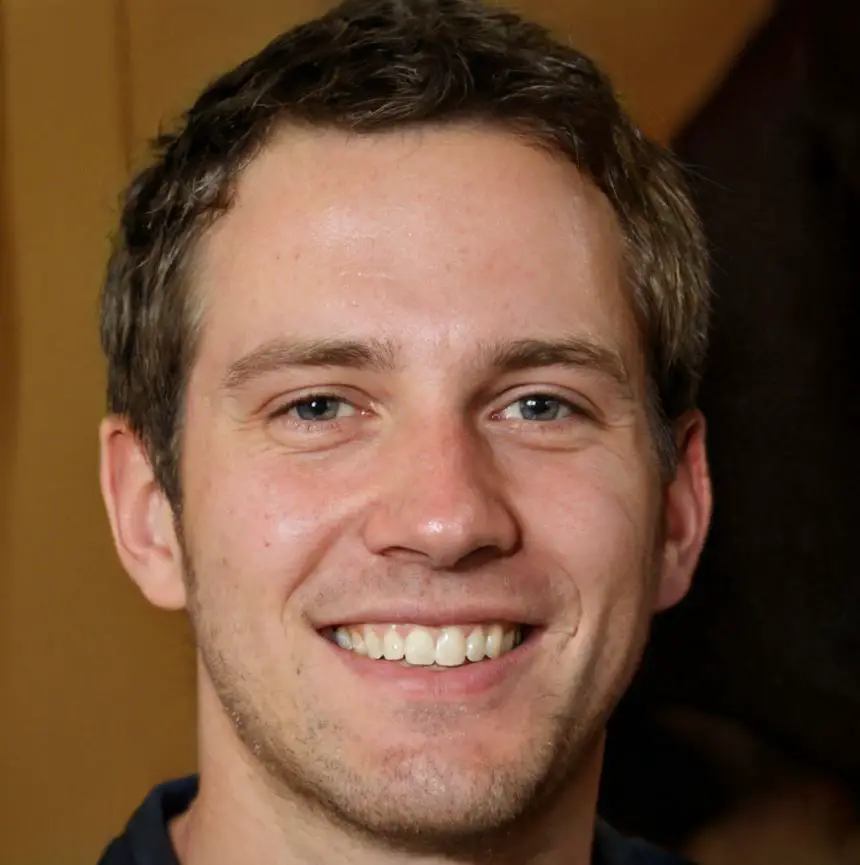Welcome to my article about liquid nails vs wood glue. Below I’ll go through in detail the uses, pros and cons of liquid nails and wood glue, plus discuss which one is better in different scenarios.
But first, a quick summary and comparison table so you can compare the two side by side.
Contents
Liquid Nails vs Wood Glue: The Ultimate Guide – Quick Summary
Both wood glue and liquid nails are used to adhere wood and other materials together. Wood glue is more suited to light applications and is quick drying. Liquid nails has a stronger hold, making it better for heavy duty applications, but it also has a slow drying time and emits hazardous fumes.
Now let’s go through a side by side comparison table!
Liquid Nails vs Wood Glue – Comparison Table
Wood Glue
What is Wood Glue?

As its name suggests, wood glue is an adhesive used specifically for gluing wood together.
However, wood glue isn’t limited to only wood. Depending on it’s base, wood glue can be used to adhere a variety of other surfaces and materials including metal, plastic, porcelain, and many others.
Woodworkers, tradies, craftsmen and even DIY homeowners find wood glue handy, as it can be used in construction work as well as patching up a few broken or loose ends around the house or office.
Wood glue comes in different types as its purposes and uses vary. Below are the most common:
- PVA (polyvinyl acetate)
- Animal hide
- Epoxy
- Polyurethane
- Cyanoacrylate
- Contact cement
- Hot glue
Pros of Wood Glue
- It dries quickly which means less waiting time
- No harsh odours
- Easy and simple to apply
- Designed to set thin leaving no gaps between the glued items
Cons of Wood Glue
- It has a weak end grain connection in wood
- Some varieties can’t be used in wet conditions
Liquid Nails
What are Liquid Nails?

A staple construction adhesive, liquid nails is used for adhering two surfaces together.
It is primarily used in construction work as it is the ideal adhesive for heavy-duty work including tile repairs, crown moulding, backsplashes and even hanging pictures on your wall.
It can also be used on a wide array of materials such as wood, metal, brick, glass, fabric, vinyl and many more, making it a versatile product as well.
The strength of liquid nails is what makes it a craftsman’s favorite. Not only is it strong, but it can also be painted over and leave a neat-looking work surface.
That been said, liquid nails may not be the perfect choice if the task you have at hand is more delicate or along the lines of arts and crafts.
Pros of Liquid Nails
- Totally paintable resulting in a neat patch of work
- Works well on both wet and dry timber
- Durable, strong, and will last a long time
- Easy temperature adjustment
Cons of Liquid Nails
- Clean up may be difficult
- Can be hard to remove on the skin and other surfaces
- Working in well-ventilated areas is a must
Comparison of Liquid Nails vs Wood Glue
Now that we have a better grasp of what liquid nails and wood glue are, let’s do a comparison to help us understand them better:
Applications/Uses
Winner: Liquid Nails
As mentioned above, you can use wood glue on many different surfaces. However, liquid nails wins over wood glue as you can use it on even more surfaces such as concrete.
In short, for heavy work, use liquid nails, but for lighter tasks, wood glue will suffice.
Also, for jobs that require clamping, liquid nails will get the job done more efficiently.
Bonding Strength
Winner: Liquid Nails
Liquid nails offers a stronger bonding strength than wood glue.
As such, liquid nails is best suited for heavy duty construction work while wood glue is best for lighter tasks.
Sealing Gaps in Wood
Winner: Wood Glue
Not only does wood glue works as an efficient bonding agent, but it is also great for sealing wood gaps.
Liquid nails, on the other hand, is not ideal for filling gaps as after some time it may become brittle and form cracks.
Drying Time
Winner: Wood Glue
In as little as fifteen minutes, wood glue sets in on your basic wood joining jobs.
Although it may require up to 24 hours before you can apply any stress to the glued area, this is still faster than using liquid nails.
It takes about 24 hours for liquid nails to dry and will need up to seven days for them to reach maximum strength.
If a quick drying time is important to you, wood glue wins.
Fumes
Winner: Wood Glue
Much like your ordinary school glue, wood glue doesn’t have a strong and harsh smell. There are even varieties of wood glue that are rated safe for food-based uses.
On the other hand, liquid nails may emit fumes that can require ventilation upon use. It has solvent-based ingredients that are flammable and toxic especially when wet.
After drying though, liquid nails become safe.
Removal from Skin
Winner: Wood Glue
Wood glues, especially those that are latex-based, are easily removable from your skin. Just a rinse with water will get rid of wood glue, but a good washing with soap and water is recommended.
As for liquid nails that are solvent-based, you may need mineral oil or petroleum jelly to get it off your skin.
For liquid nails that are latex-based, a simple wash with soap and water will remove it.
Safety
Winner: Wood Glue
Working with wood glues, particularly those made with PVA, is generally safe. Even if you’re working in a poorly ventilated area, it’s still safe to work with wood glue.
Liquid nails, on the other hand, especially those that are solvent-based require that you work with them in open and well-ventilated spaces.
Ease of Cleaning
Winner: Wood Glue
Just like when it gets on your skin, wood glue is easy to clean up from your work area. Simply use some soap and water to remove it. On the other hand, liquid nails is difficult to clean up from a work area and will generally require mineral oil or petroleum jelly to remove it.
Liquid Nails vs Wood Glue – Which One Should You Choose?
Hopefully you now have a good understanding of the differences and similarities between liquid nails and wood glue.
The bottom line is that wood glue is ideal for small projects that don’t require massive holding power, while liquid nails is good for more heavy-duty applications where strength is required.
The right one for you will depend on what kind of project you have planned.
Here are some related articles you may also enjoy:
Pin Nailer vs Brad Nailer
Spar Urethane vs Polyurethane

About The Author: Hi There! I’m Dave. I’m a certified millworker and carpenter, and have been working in the industry for over 10 years. I created this website to pass on my knowledge so that other enthusiasts, no matter what their skill level, can enjoy the craft as much as I do. I hope you enjoy!

